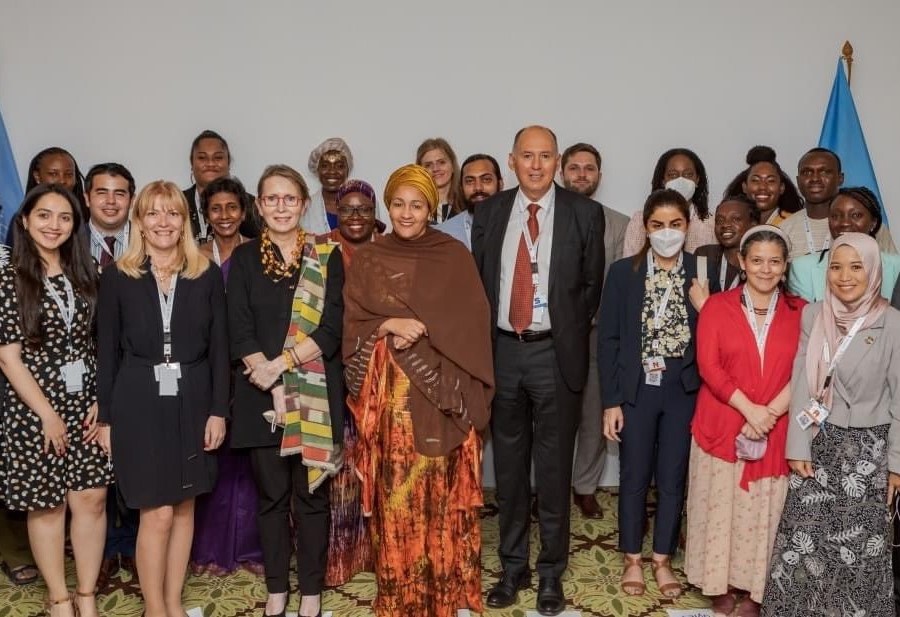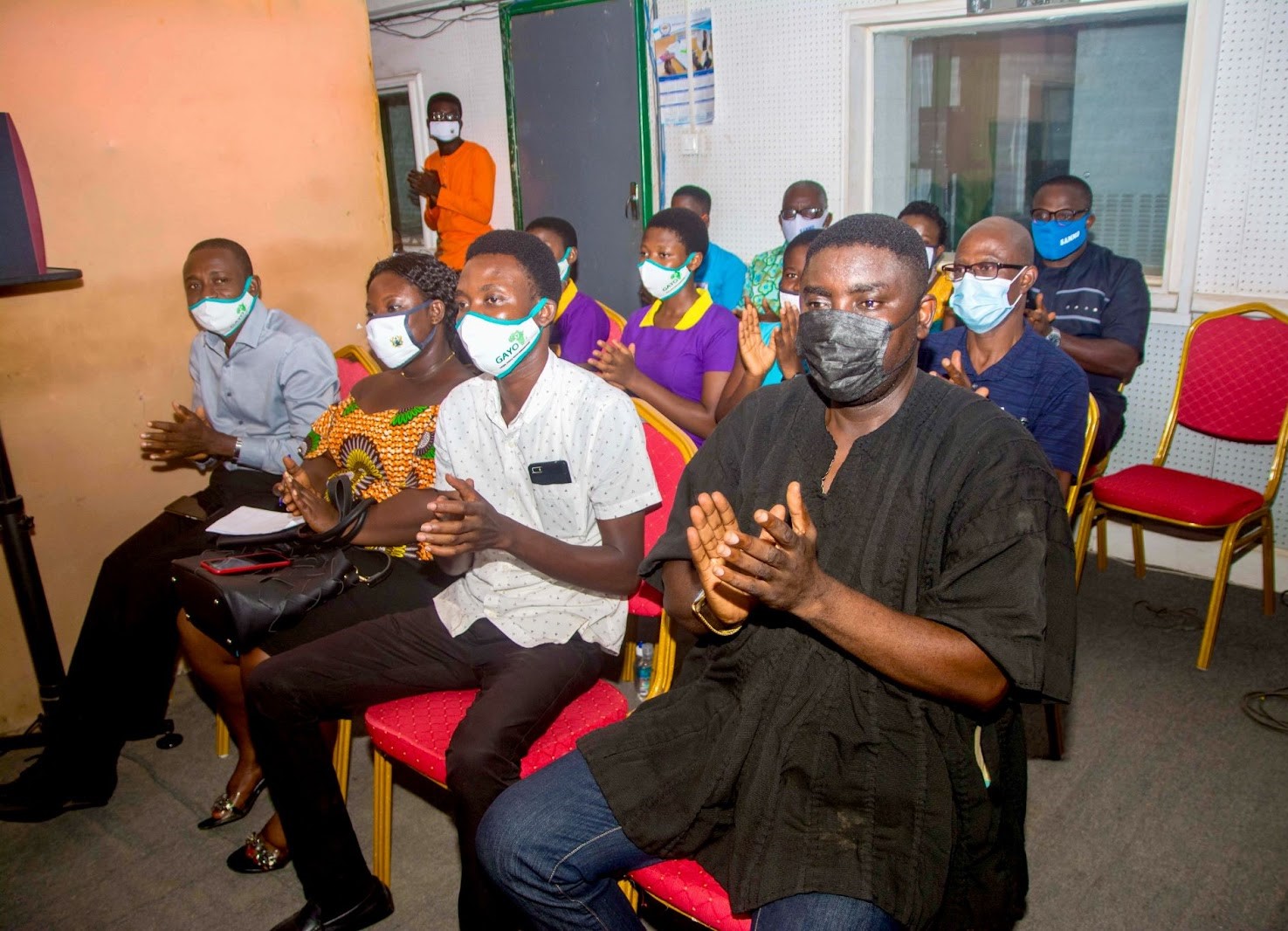Disaster risk reduction
GAYO has hosted DRR workshops, national quizzes, and contests with the assistance of UN agencies, in an effort to educate youth (more than 4000 students) about climate change and disaster risk reduction, as well as collaborated with Youth 4 Sendai to launch the Youth Resilience Lab to serve as a platform for children and youth across the world to learn, share and collaborate on Disaster Risk Reduction & Climate Adaptation.
Voices From Our Partners
GAYO is doing an excellent job by providing an enabling platform for educating, inspiring and empowering the current and next generation of African youth with interests in promoting climate action and sustainable transformation of our society.
Dr. Yaw Agyeman Boafo (PhD)
Senior Research Fellow || Coordinator, CCSD Programme
Centre for Climate Change and Sustainability Studies (C3SS)
College of Basic and Applied Sciences
FAQs
Why is disaster risk reduction important?
Disaster Risk Reduction is the first stage in actualization for communities to transition into resilience building. Communities must build resilient societies against the threat of disasters and the impending Risk to enhance their safety . This creates an enabling environment for communities to move towards sustainability.
How is disaster risk reduction implemented in GAYO?
This is carried out through workshops and national awareness using quiz competitions within schools. In GAYO, we say “all hands on deck no matter what“. We see young people as the instrument for building the future and thus, should build their capacity to be aware of the existence of disasters. How they can be affected, and additionally, contribute to risk reduction. Working with stakeholders like the Ghana’s National Disaster Management Organization (NADMO), the Africa Youth Advisory Board for Disaster Risk Reduction (AfYAB DRR) under the Africa Union Commission (AUC), and the UNICEF, we have enhanced knowledge of disasters, it’s risk and reduction within local communities.
Is disaster risk a development issue?
Destruction of assets and livelihoods in disasters set back hard-won development gains and worsen poverty. Yes, disasters affect development on all levels. Through our works, we are ensuring that governments increasingly recognize that the reduction of disaster risks is a foundation for successful sustainable development, and that disaster risk is a crosscutting issue requiring action across multiple sectors. Humans would be the most affected by disasters thus the need for resilience building. As the saying goes “Prevention Pays”, together let's develop sustainably.
Do you have to be a rich country to implement DRR policies?
Disasters are not a respecter of people, status, and geography. It can affect everyone, therefore is a need to put in necessary measures in averting its occurrences. It’s implemention mitigates the occurrence of new risks it promotes economic, social, and environmental sustainability whiles keeping communities safe. The Sendai Framework for Disaster Risk Reduction (SFDRR) guides how to significantly reduce disaster risk globally. In Africa, the Programme of Action (PoA) guides different stakeholders in DRR. According to the UNDRR, Disaster risk is an indicator of poor development, so reducing disaster risk requires integrating DRR policy and DRM practice into sustainable development.
Therefore implementing DRR policies is not subject to the wealth of a country but it enhances the resilience of countries.



